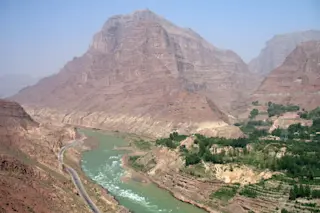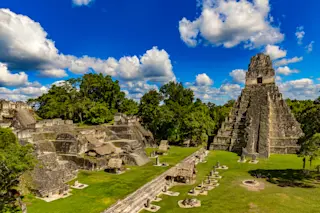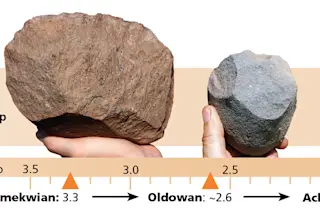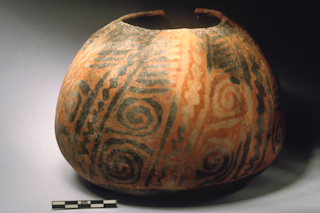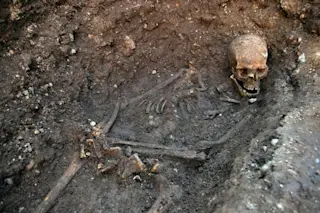According to ancient Chinese texts that mix historical events with legend, about 4,000 years ago a hero named Yu tamed a flood and went on to become China’s first emperor. The story may be largely myth, but geologic evidence reported in Science this August suggests that at least the Great Flood was real — and really Great.
“It’s sort of the equivalent of if we found evidence of Noah’s flood from the Bible,” says Taiwan University archaeologist David Cohen, co-author of the study.
A 19th-century Japanese woodblock print depicts Chinese hero Yu's mythic battle against a monstrous flood. | Museum of Fine Arts, Boston/William Sturgis Bigelow Collection
About 800 miles west of Beijing, along a 30-mile stretch of the Yellow River, researchers found a variety of sediments, indicating a landslide, a lake and a violent flood in the distant past. Based on the extent of these deposits, they were able ...


